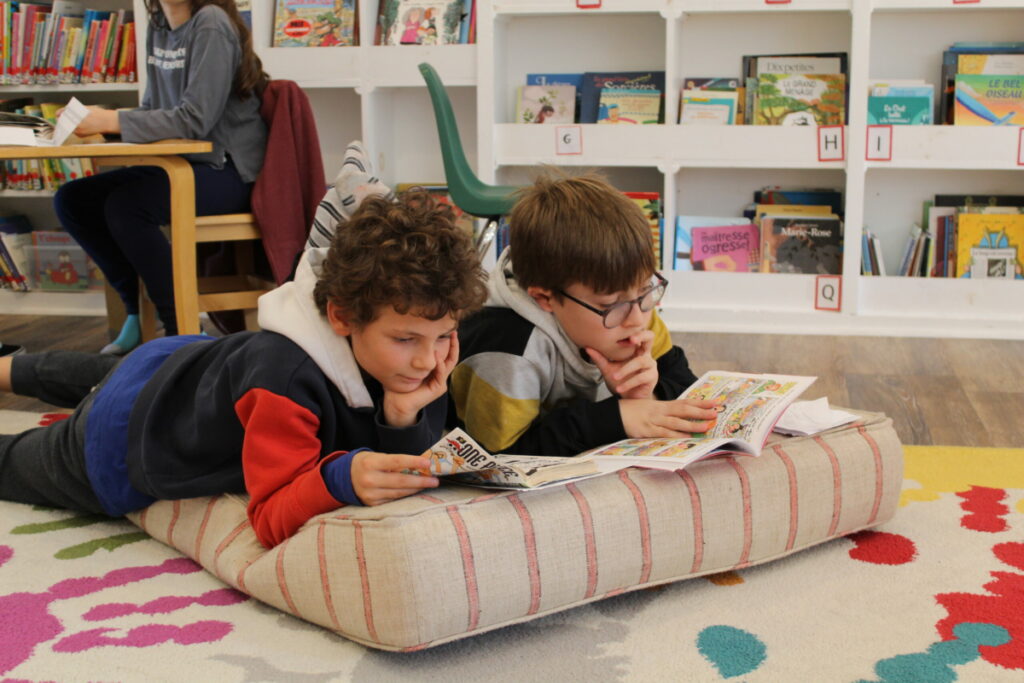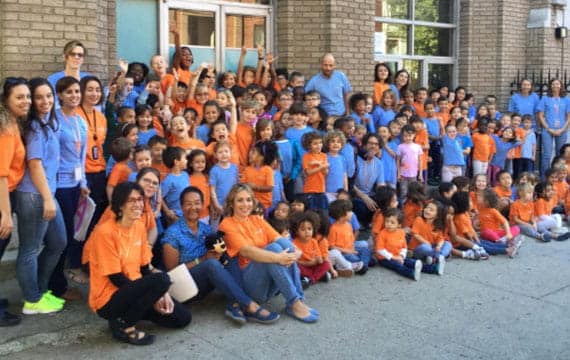Coding starts in Kindergarten, with Bee-Bots, which offer a fun, screen-free introduction to programming. Students learn how to sequence steps, follow algorithms, and problem-solve using tactile, hands-on robots.
As they grow, students begin coding using Scratch Jr, a block-based platform that teaches basic concepts through fun and interactive projects. In upper elementary grades, students advance to Scratch, where they create games, animations, and stories, learning to build sequences, loops, and conditionals. In Middle School, students work with Micro:Bit and dive deeper into coding with MakeCode and advanced Scratch features like variables and Boolean logic.
Explore how coding is taught at the French American Academy. Learn more on our blog →









